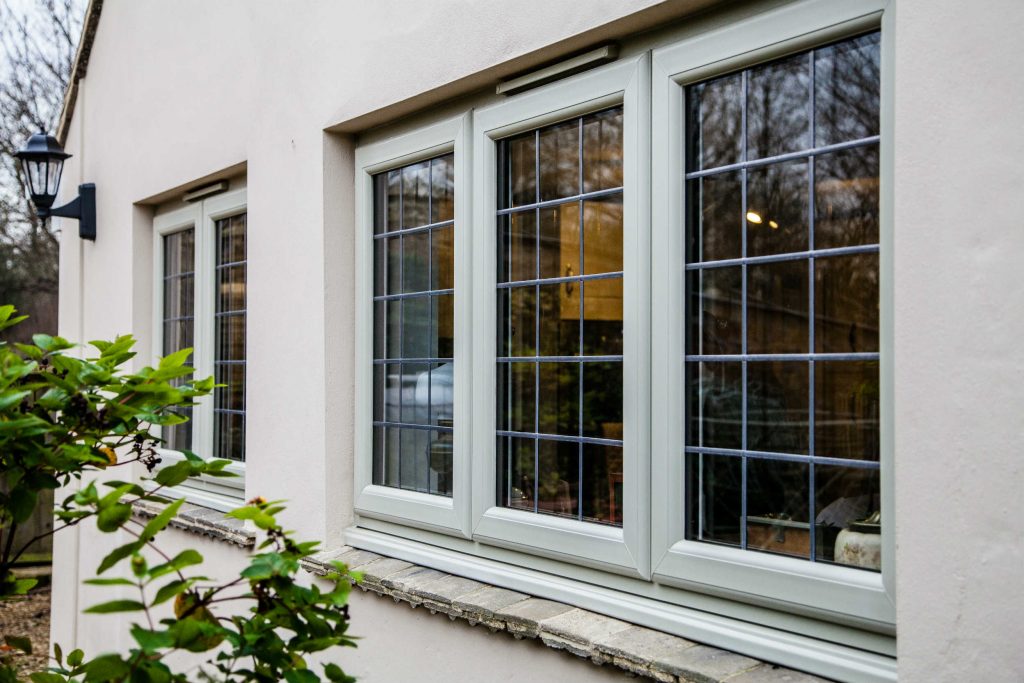All Categories
Featured
Table of Contents
Which Is The Best Type Of Double Glazing? - Which? - Which.co.uk in Balcatta Perth
That window can send more solar heat in winter than in summer. A west-facing window on a summer season's afternoon has an angle of occurrence from near 0 approximately 30 with a big reliable area of solar radiation. A north-facing window, in summertime, has a high angle of occurrence and a low efficient area of solar radiation, so can send less heat than a west-facing one.

You can quickly and quickly improve the thermal performance of your house by changing your windows. This is among the most effective approaches of restoration to attain better thermal convenience. There are countless kinds of glass and frames to pick from. Selecting the best ones is very important to enhancing the energy efficiency of your home.
Double Glazing Australia Blogs in Beechina WA
Single glazing with clear glass is not very effective when it comes to heat loss or gain. To improve efficiency, you can use single glazing with a more energy-efficient type of glass such as low emissivity (low-e) glass.
The energy efficiency of IGUs likewise depends on: the residential or commercial properties of each layer of glass. Different glass types (for example, clear and low-e glass) can be put together in an IGU.
Double Glazed Windows in Wattleup Perth
IGU cavities can be filled with air or a more inert, low-conductivity gas such as argon the width of the cavity. Wider cavities offer lower (better) U worths, with 12mm normally accepted as the favored space how well the cavity is sealed.
If argon is set up to the cavity in place of air, moisture is dependably omitted the level of desiccant (drying agent). The spacer (metal or polymer strip) that separates the glass layers includes a desiccant to absorb any wetness. Insufficient desiccant might cause wetness to condense on the glass surface area in cold conditions, lowering thermal efficiency.
Double Glazed Windows: A Complete Guide in Hamilton Hill Western Australia
IGUs can deliver better energy efficiency for all environments, especially in heated and air-conditioned houses. Cross-section detail of single, double and triple-glazing systems Low emissivity glass (commonly referred to as low-e glass) decreases heat transfer. Low-e glass might be either high or low transmission: High transmission low-e glass has a finishing that allows daytime from the sun to pass into your home to achieve excellent solar heat gain, however decreases the amount of the long wavelength infrared heat that can leave back through the window.
Low-e glass has either a pyrolytic coating or a vacuum-deposited thin film metal coating. Pyrolytic coverings are resilient and can be used for any glazing; vacuum-deposited coatings are soft and are just used within IGUs. Low-e finishings can substantially improve both U worth and SHGC; nevertheless, they should be utilized properly or they will either deteriorate or stop working to carry out as required.
Glass Selector - Custom Single & Double Glazed ... in Daglish WA
Low-e coverings can be utilized in mix with clear, toned or reflective glass. Low-e coatings on glazing can reduce heat transfer where required Picture: Department of Industry, Science, Energy and Resources Toned glass has colouring ingredients included throughout manufacture. It is offered in numerous colours, generally bronze, grey, blue and green.
Table of Contents
Latest Posts
Sustainability in Bassendean Perth
Climateframe Double Glazing: Perth's Double Glazed ... in Subiaco Western Australia
4 Benefits Of Double Glazed Windows In The Summer in Murdoch Western Australia
More
Latest Posts
Sustainability in Bassendean Perth
Climateframe Double Glazing: Perth's Double Glazed ... in Subiaco Western Australia
4 Benefits Of Double Glazed Windows In The Summer in Murdoch Western Australia